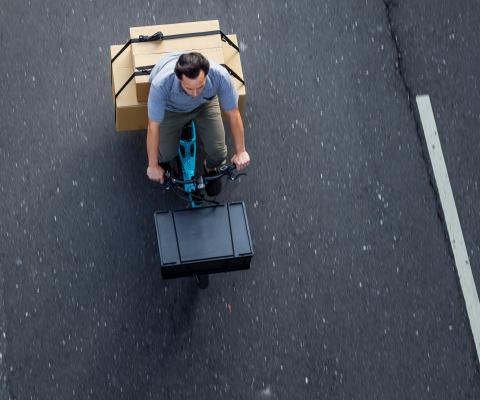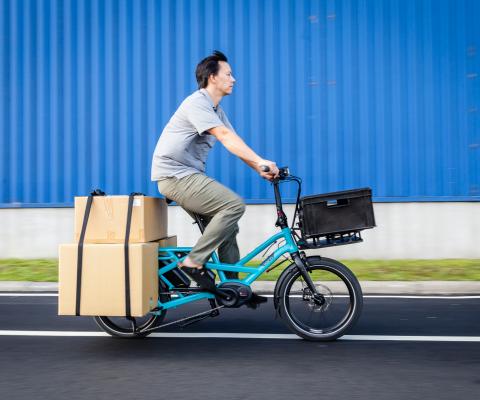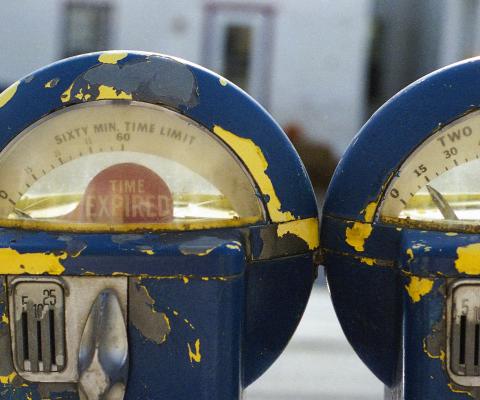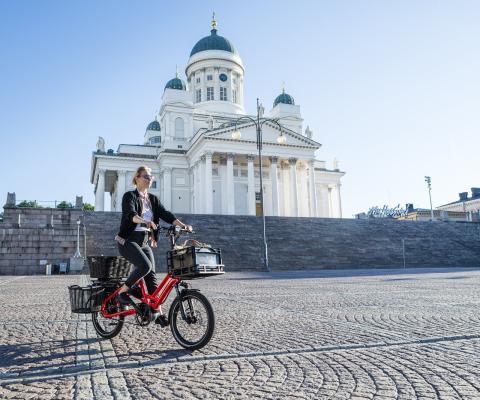If you run a hotel, resort, B&B, or other hospitality business, you know how important it is to stand out from the competition. With the sector growing rapidly, it's now more essential than ever to offer guests unique experiences that will keep them coming back for more.
Providing bike rentals is one way to differentiate your business and create additional revenue. Bike rentals let guests experience the local landscape and culture up close and personal while being active and having fun.
Additional services like bike rentals not only make travelers more likely to book a stay but also lead them to associate their enjoyable experiences with your business. That means more repeat stays, positive reviews, and word of mouth.
So if you're going to offer bike rentals, how do you go about it? One of the first steps is figuring out which bikes to buy. Here are six things to keep in mind as you consider how to build your fleet.
1. One Size Should Fit Most
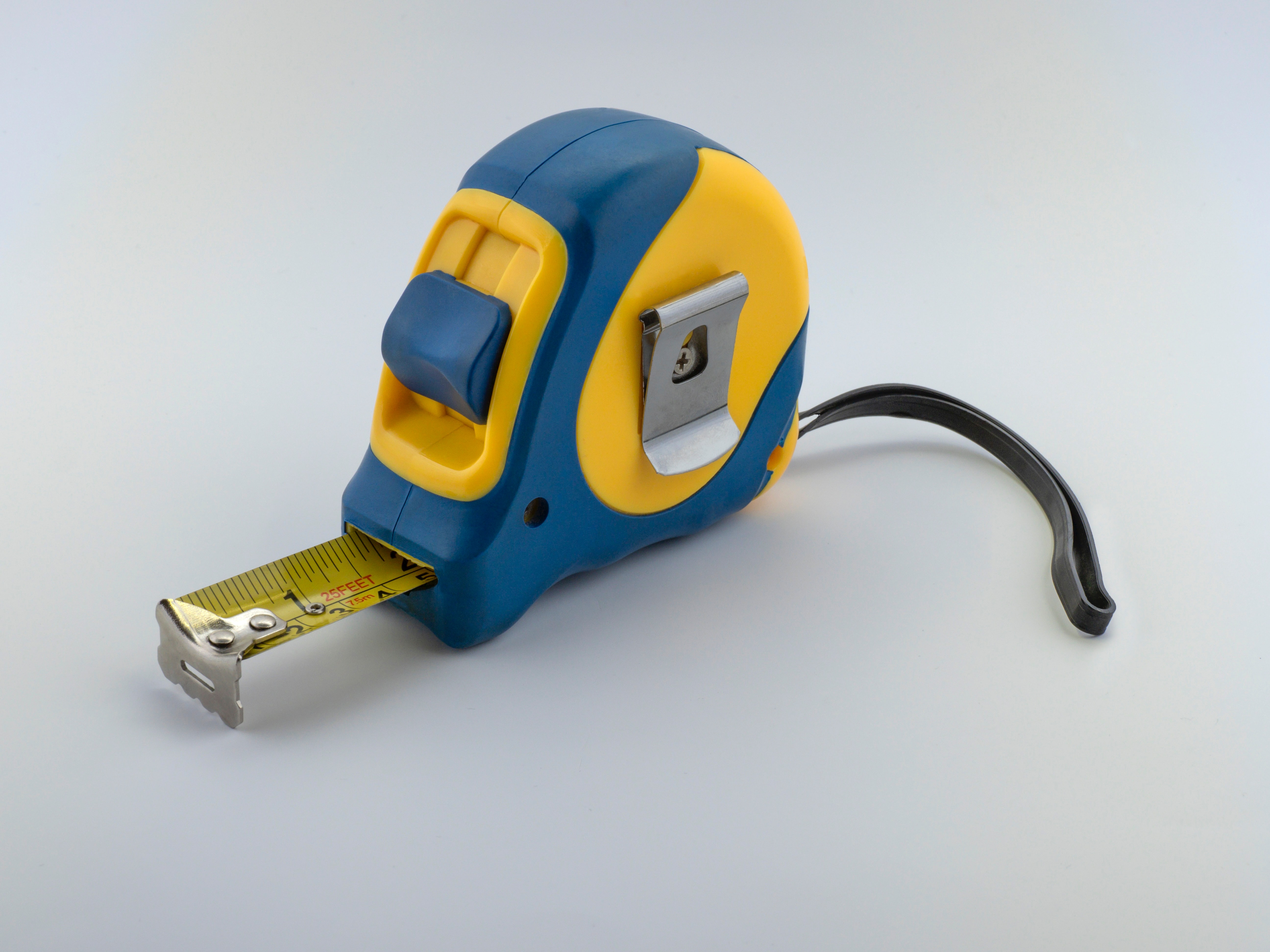
Your guests come in all ages, shapes, and sizes. That means you'll need bikes that can fit as many of them as possible—because a long ride on an ill-fitting bicycle is nobody's idea of a good time.
While you could buy bikes that come in different frame sizes and try to guess at what assortment of sizes you'll need, it's a risky strategy. Depending on the size of your fleet, one tall family could wipe out your options for larger bikes, leaving the next big person who wants to ride (and their entire group) high and dry.
Choosing bikes that adjust to fit a wide range of rider heights is a much safer bet. And the faster and more foolproof the adjustment process, the better. Look for bikes that have seatposts and handlebar stems with quick releases for fast, no-tools-needed adjustments.
Getting your guests on their bikes and on the road quickly means a better experience for them, and less time and effort needed from your staff.
2. Prioritize Easy Riding
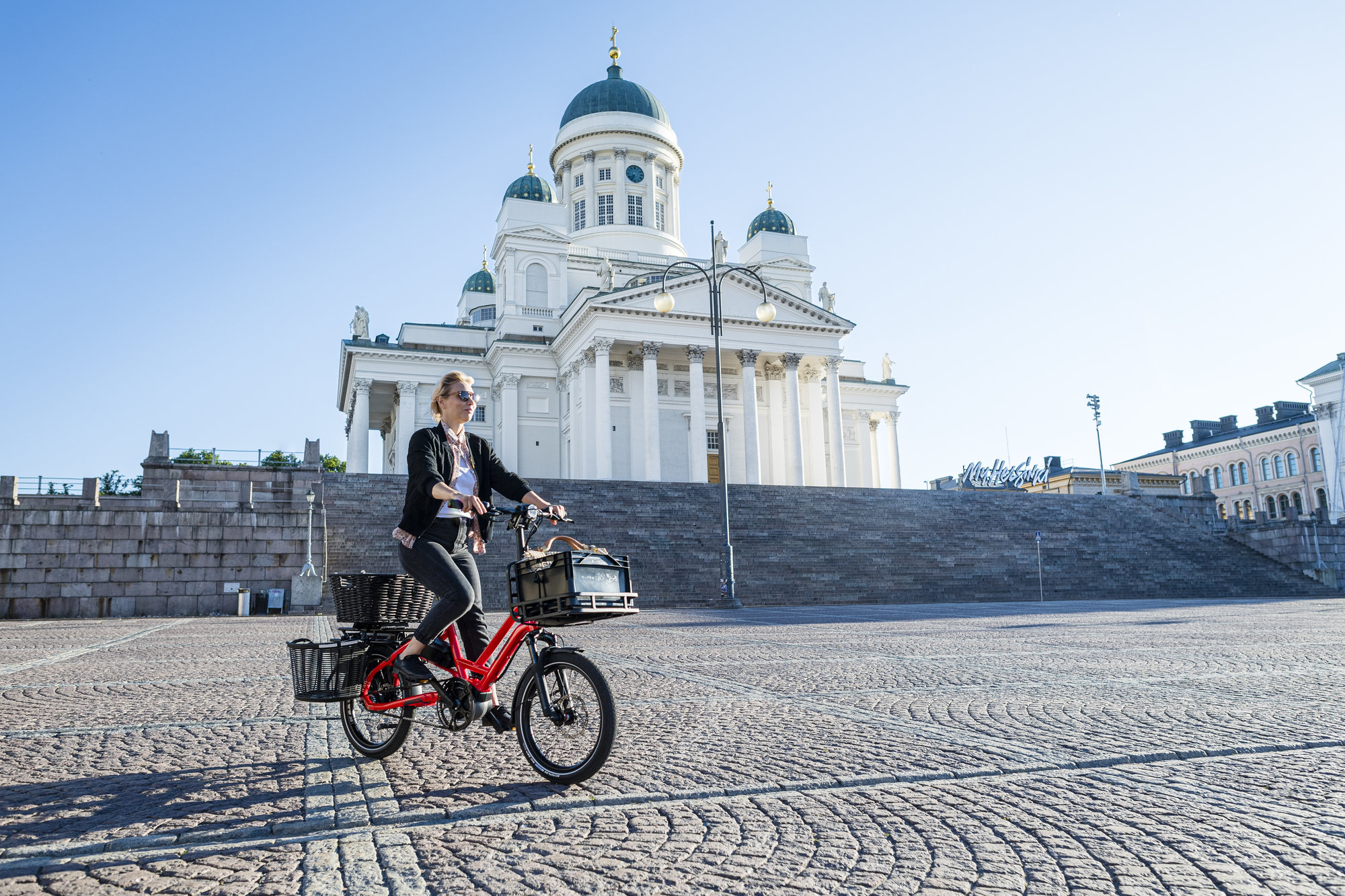
Your guests also come in all fitness and ability levels, and you'll no doubt want to serve as many of them as possible. There are a few key features that can make bikes easier and more pleasant to ride, even for older travelers and those who aren't super active back home.
The first, and most obvious, is e-assist. E-bikes are surging in popularity, and for good reason. E-bikes have long been popular in Europe as a way for older riders to stay in the saddle. In recent years their appeal has spread to a much broader demographic. Many young families and urban professionals are used to seeing e-bikes in their neighborhoods—and maybe even riding one themselves.
E-bikes are an obvious choice for the hospitality industry because they let guests ride further and explore more. They're particularly handy in hilly areas but offer more relaxed riding no matter the terrain. Most visitors want maximum mobility with minimum pain and exertion, and that's exactly what a high-quality pedelec bicycle provides.
Beyond the bike's motor system, consider the bike's riding position. For most folks, an upright ride offers the most comfort and visibility. Bonus points for choosing a bike model with a low step-through frame and a low center of gravity, both of which make bikes easier for riders of all backgrounds to enjoy.
3. Plan Ahead for Maintenance
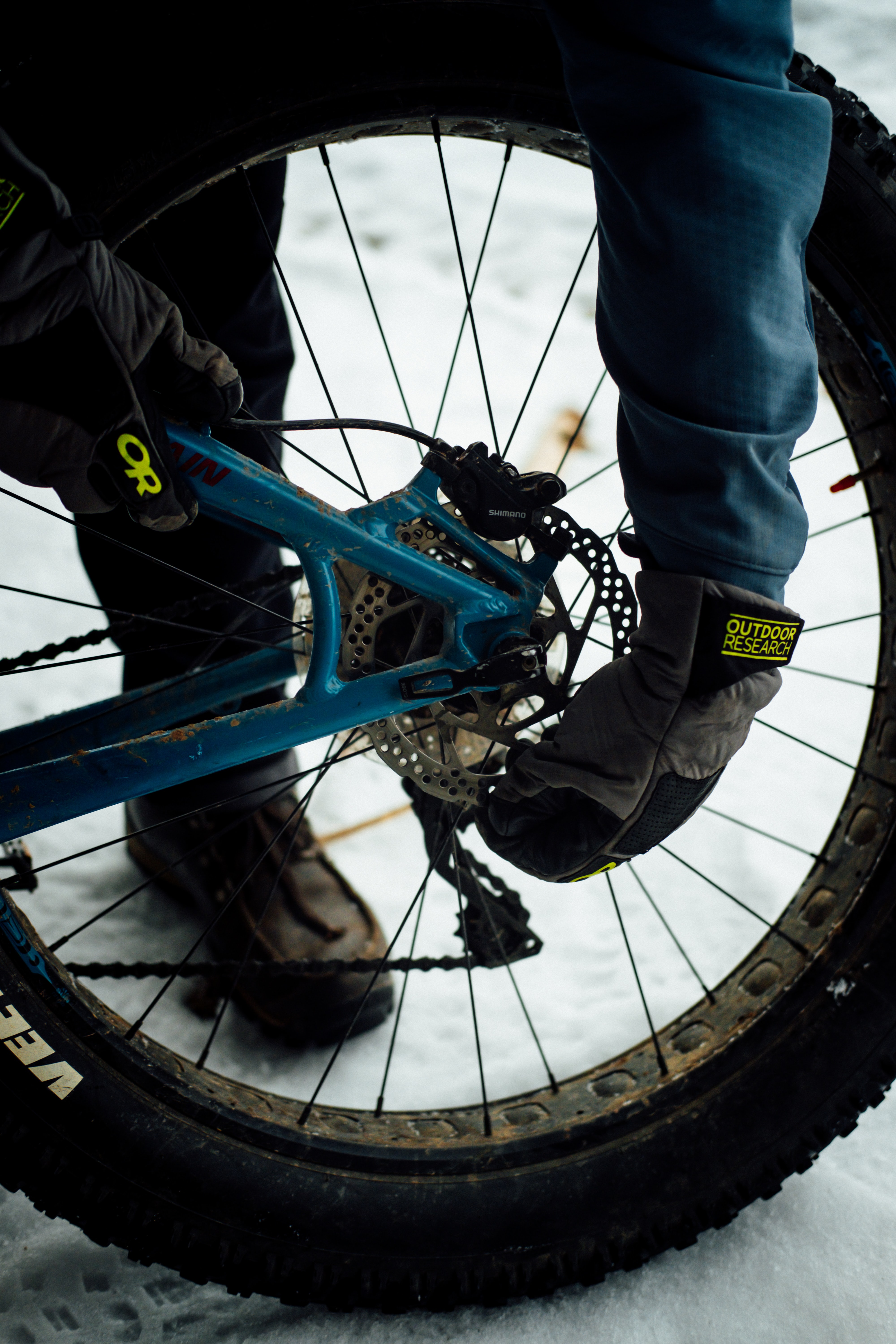
All bikes require regular maintenance, and all bikes break from time to time. But choose wisely from the beginning, and this won't create a huge drain on your time and resources.
When it comes to how much time and money you'll spend fixing your bikes (and explaining to irate customers that the bikes are out of order), the most important factor is the original quality of the bike's components.
While it may be tempting to go for the cheapest bikes available, these models are also the most likely to have parts that break often and aren't easily replaced. Think flimsy materials in non-standard sizes and configurations.
Bikes made from high-quality components may cost a little more upfront, but it's an investment that pays off over time. Brand-name components last longer and are easier to fix and replace because bike shops worldwide know how to work with them. When these kinds of bikes break, the solution is as simple as taking them to your local bike shop for repair.
4. Have a Plan for "Rescuing" Riders
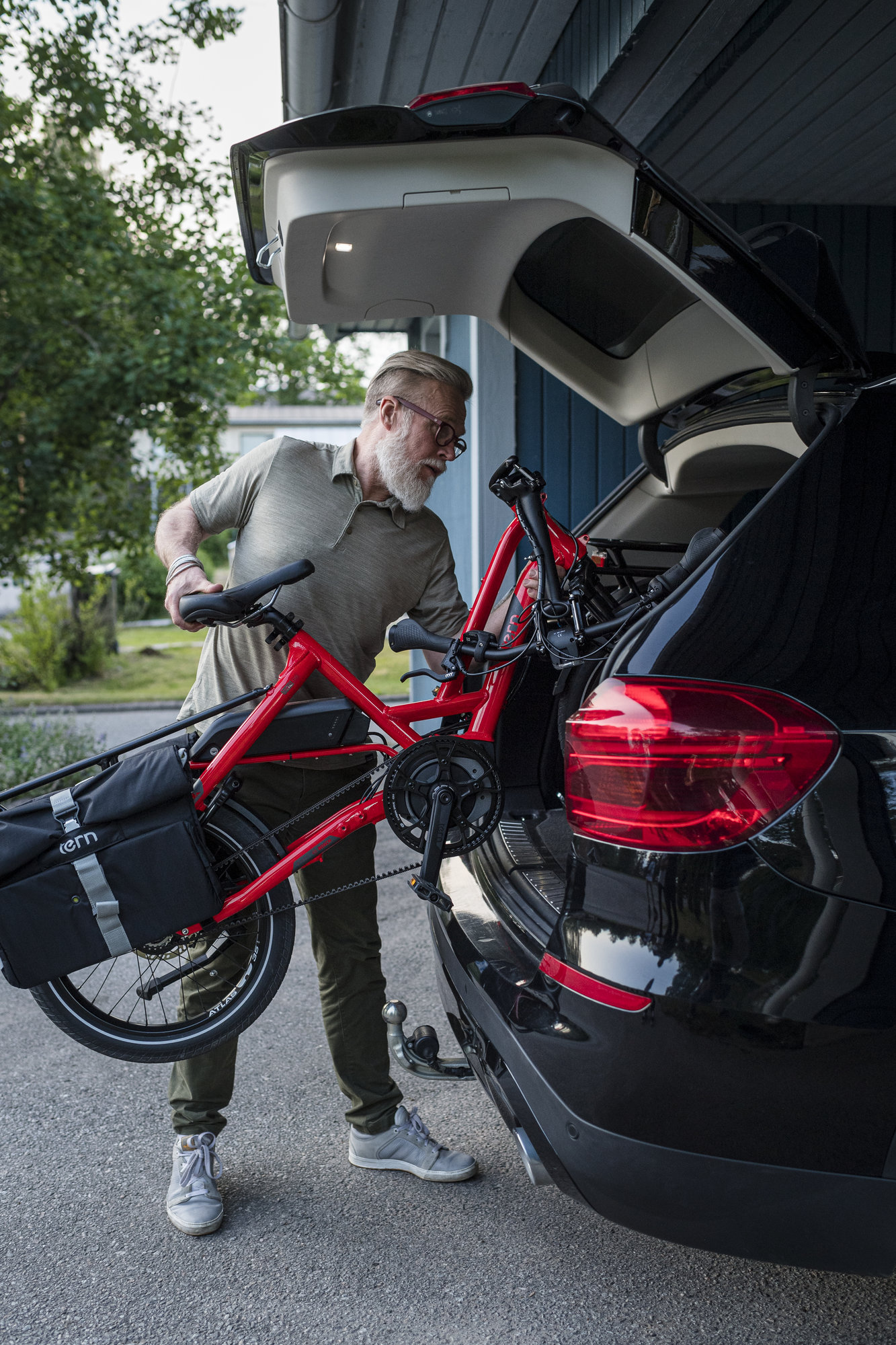
Speaking of taking bikes in for repair, make sure you have a plan for transporting the bikes—and rescuing the occasional lost or stranded rider (it happens!).
Choosing compact bikes that can fold down flat makes transporting the bikes way easier. Flat-folding bikes like the Tern HSD can fit in the back of a van, truck, or SUV—no need to buy an expensive heavy-duty rack.
5. Don't Forget Storage
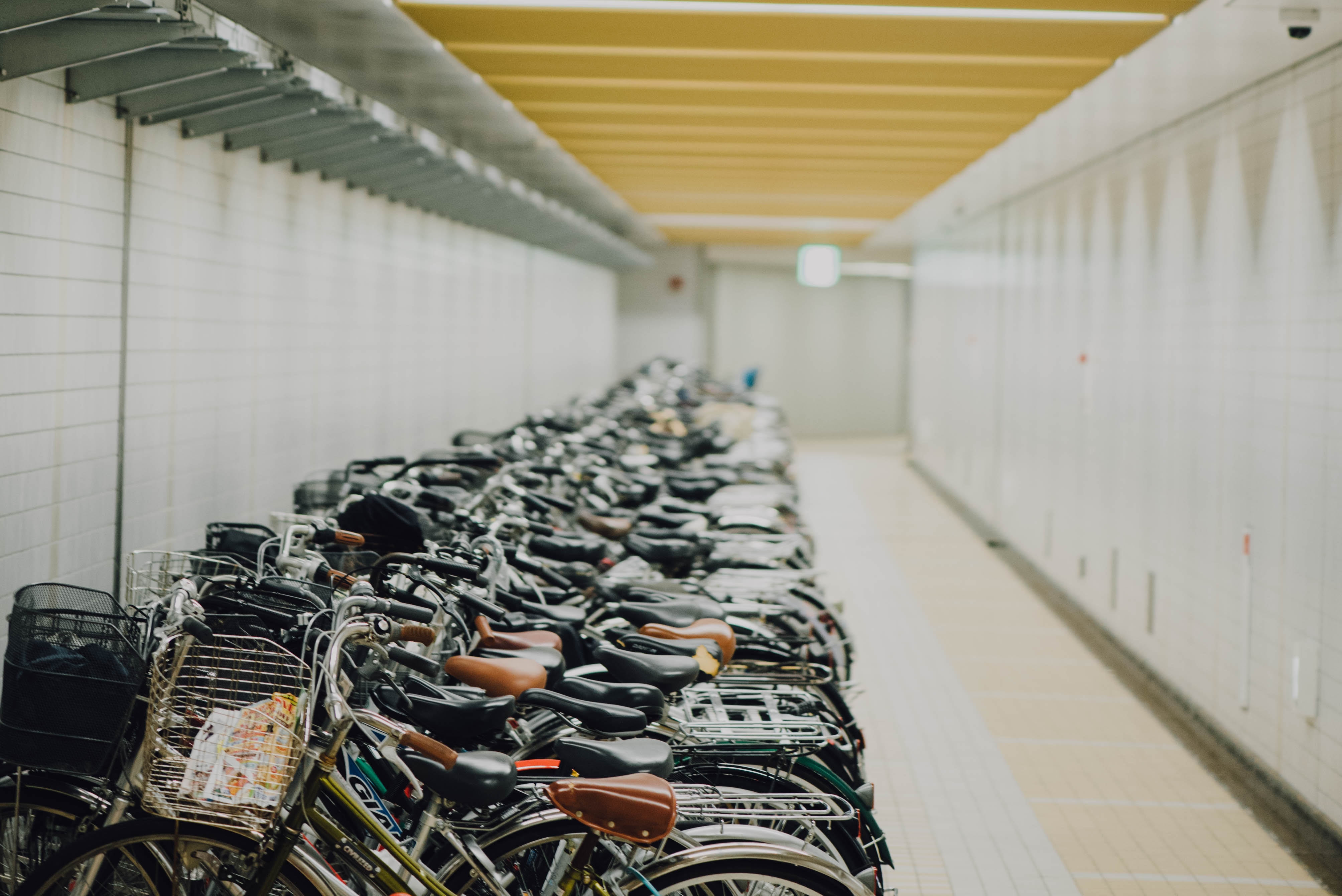
Where do you plan to keep your bikes when they're not in use? You'll need to find some indoor space where they can be secured and protected from the elements.
Of course, that kind of space is always at a premium, so bikes with innovative space-saving features would come in handy here, too. One option would be to look for folding e-bikes that can be stashed away until needed. Another feature that can help with storage is vertical parking. This allows you to store bikes upright for a smaller footprint (meaning you'll need less space to house your fleet).
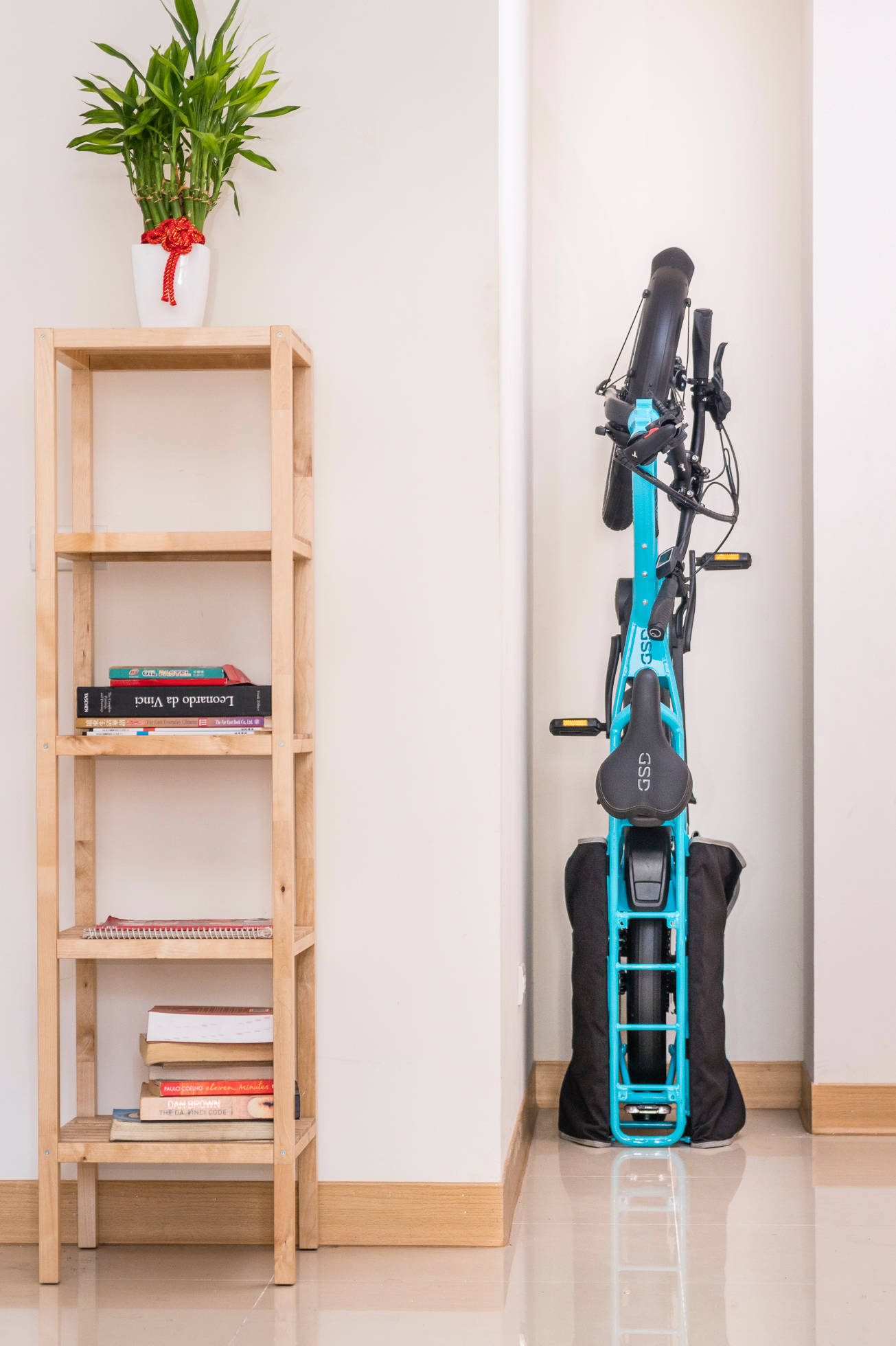
6. Look for Advertising Space
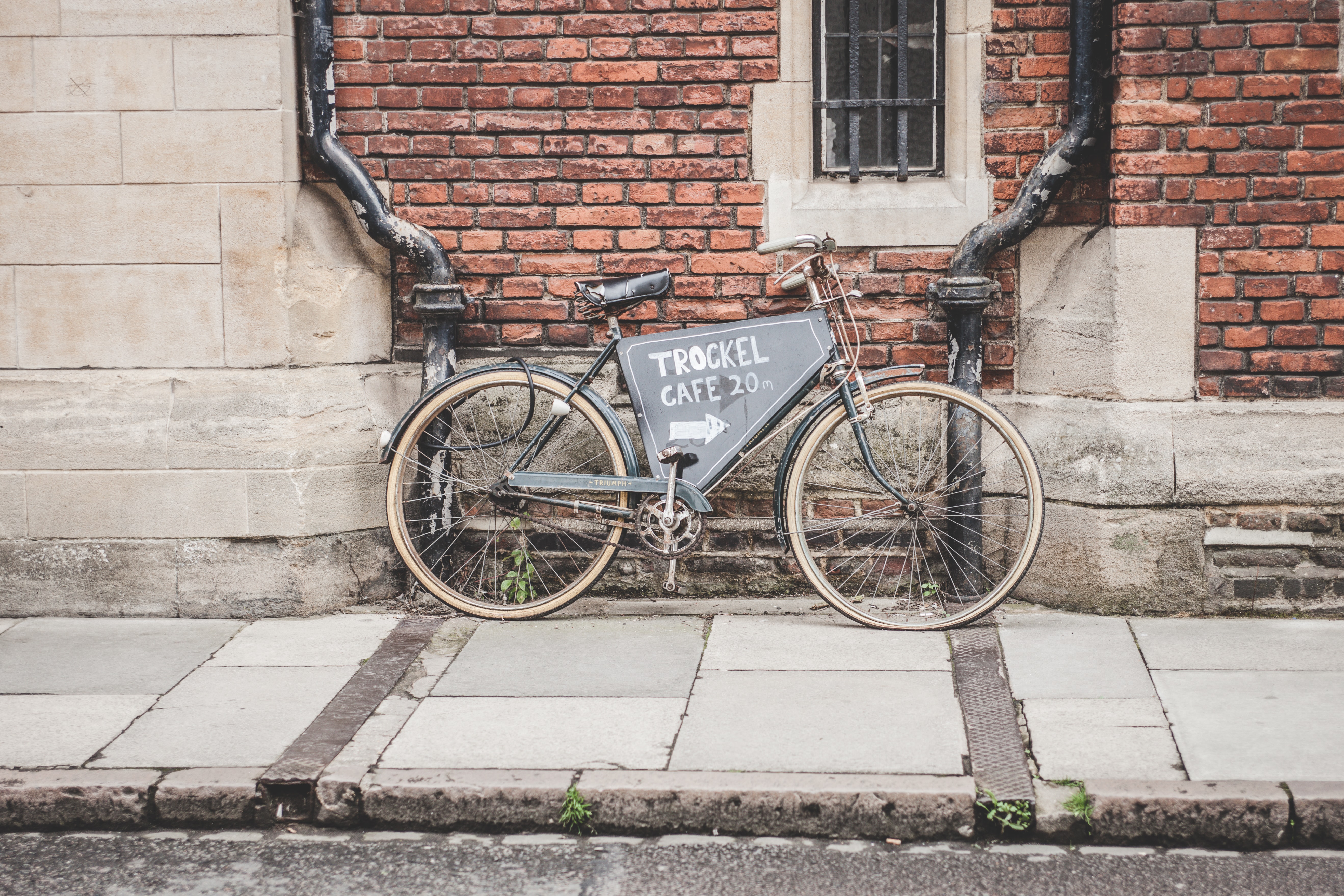
Finally, don't forget that guests on bikes are mobile ambassadors for your brand. Look for bike models that will let your brand shine through, whether it's through custom colors and accessories.
After all, when your guests are out there meeting new people and having the time of their lives, you'll want to be recognized as the brand that made it all possible.
Interested in learning how businesses like yours can benefit from e-bikes? Get in touch.




